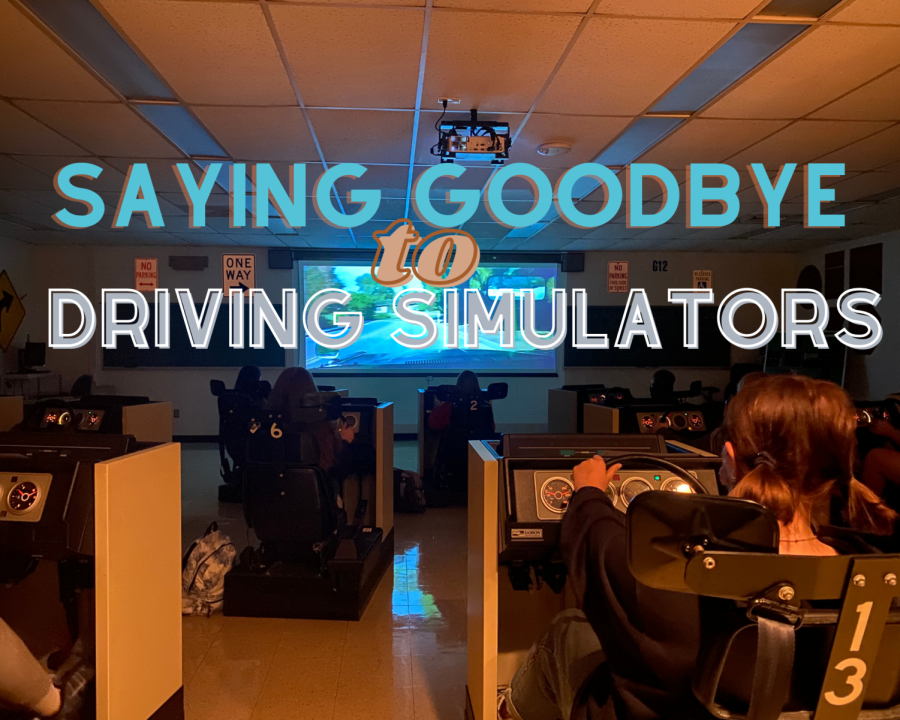Saying goodbye to driving simulators
May 26, 2023
Generations of students from Oshkosh North and West have learned basic driving skills in the driving simulation lab at West. However, come the 2023-24 school year, student drivers will no longer have this opportunity because the simulators will be gone as of June 1.
According to long-time Driver’s Education instructor Scott Morrison, when North was first built in 1972, there was a driving simulator lab at both North and West high schools. Soon thereafter, it was decided that the lab at North would be taken down, and all students would use the larger lab at West.
“The current lab at West was installed in the 1990s. Mr. Mike McGinley [a former Driver’s Education instructor at North] was able to secure donations from several businesses in Oshkosh to support the program,” Morrison said.
The driving simulator lab consists of several driving pods. Each pod contains a driver’s seat with a seatbelt, gas and brake pedals, mirrors, an operating dashboard so students can monitor their speed and acceleration, and a turn signal.
“We talk about driving being 90% mental . . . in the simulator lab we really went through that,” said Stacie Brethouwer, the current Driver Education Coordinator for the OASD.
These features allow students to have a very comparable experience to driving on the actual road without the need to drive a vehicle with an instructor and observer.
“There’s 16 students in the lab at any one time. I can press pause on the film, and we can all talk about a situation. Whereas in a car, you can’t do that,” said Brethouwer.
Additionally, the simulators allowed students to spend two of the six required behind the wheel hours in the lab which cut down on the hours of actual driving they needed.
“Without the simulation lab, students will be required to complete two additional hours of on-street driving to meet state requirements for Behind The Wheel,” said Morrison
Although nothing can replicate the feeling of driving a car, there were benefits to the simulators that a regular car doesn’t have.
“[Driving simulators] allow new drivers to gain experience in a safe environment while reinforcing critical driving habits and covering many situations that students would not necessarily encounter in Oshkosh during driving lessons (like driving on the freeway system in Los Angeles). The biggest advantage is that the simulation curriculum provides consistent defensive driving experiences for students,” said Morrison
Since the simulators were made so many years ago, new additions like bike lanes and roundabouts are not always included in the tapes used during simulators.
“Unfortunately, the company that made our system stopped making new films about twenty years ago [so any new road styles would not be included].” said Morrison.
Clearly, both types of instruction have pros and cons. Morrison believes on-street driving will have extra challenges instructors and parents will need to be cognizant of.
“The challenge for the new on-street curriculum will be to replace those introductory lessons formerly provided in the simulation lab. Lots of skill practice like lane changes and defensive driving awareness! [Unlike the scripted simulation films], every on-street lesson is different, and the instructor doesn’t know what’s going to happen,” said Morrison.

